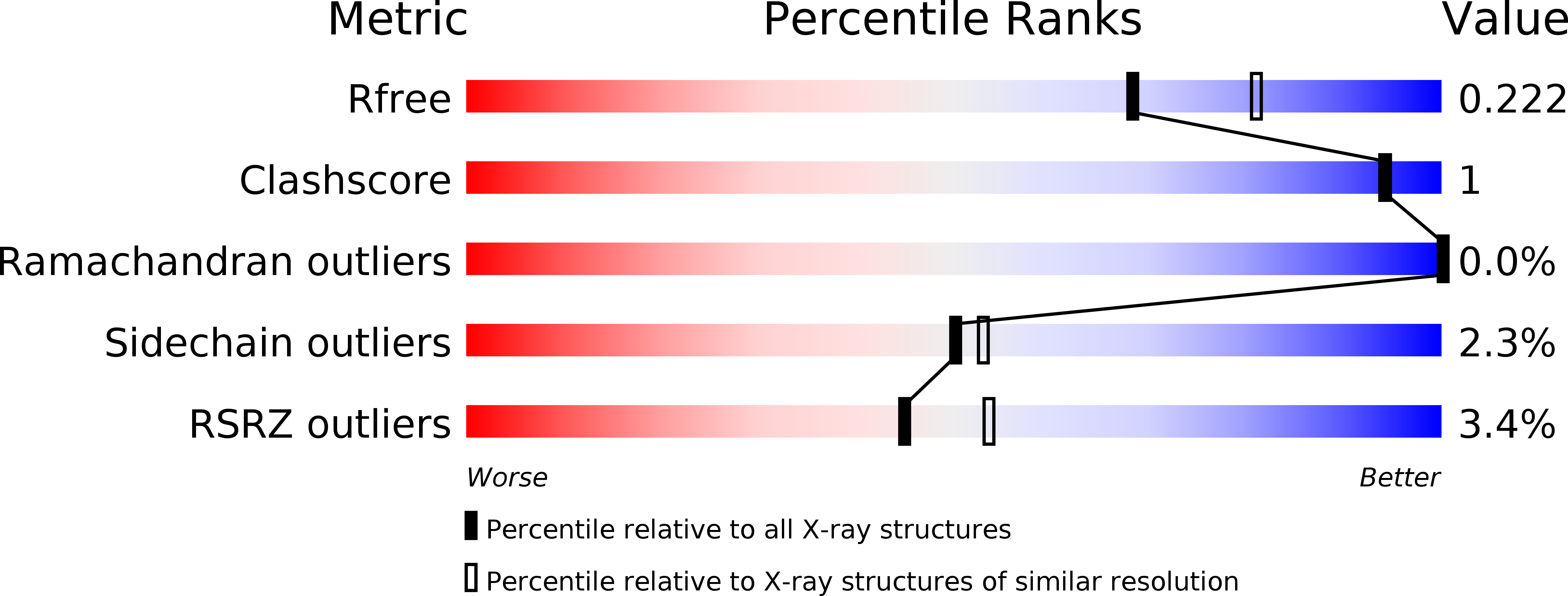
Deposition Date
2015-11-18
Release Date
2016-09-14
Last Version Date
2024-01-10
Method Details:
Experimental Method:
Resolution:
2.15 Å
R-Value Free:
0.21
R-Value Work:
0.18
R-Value Observed:
0.18
Space Group:
P 1 21 1


